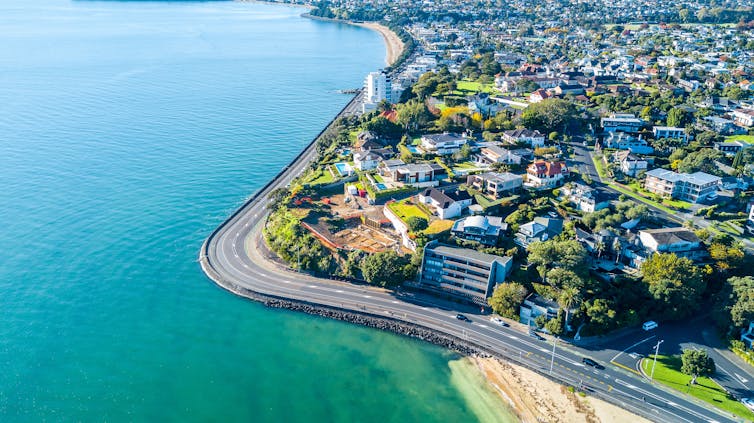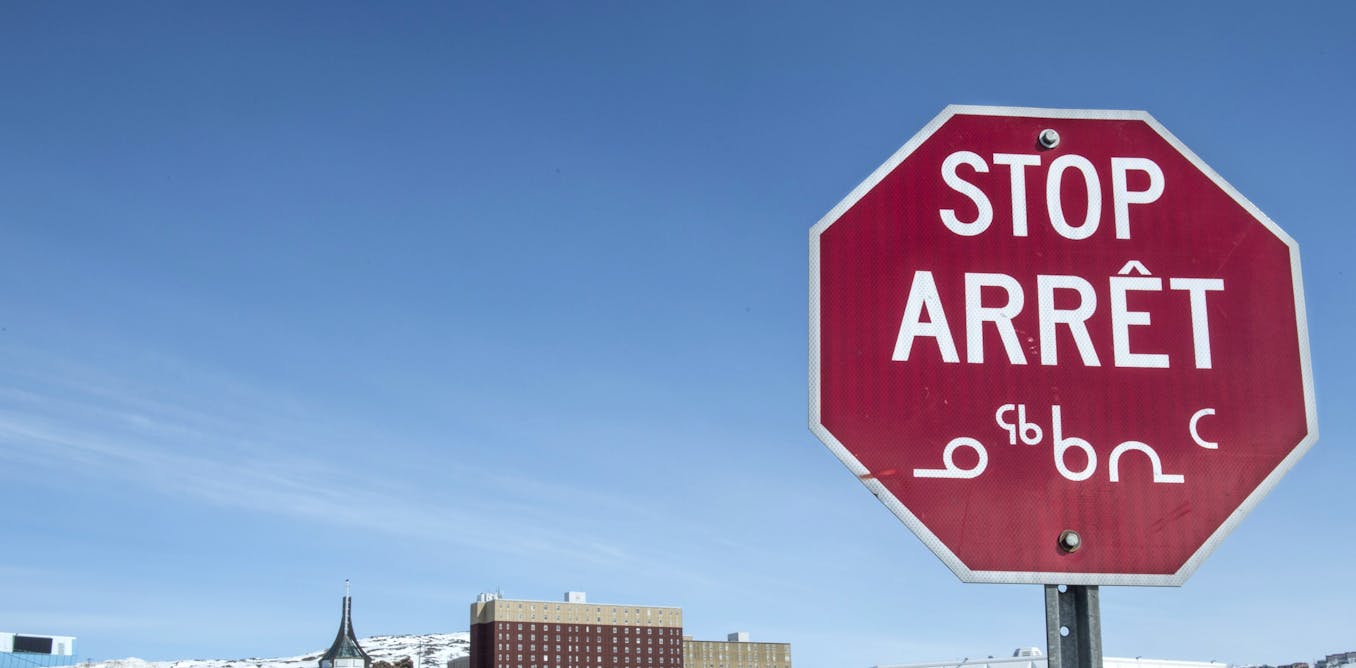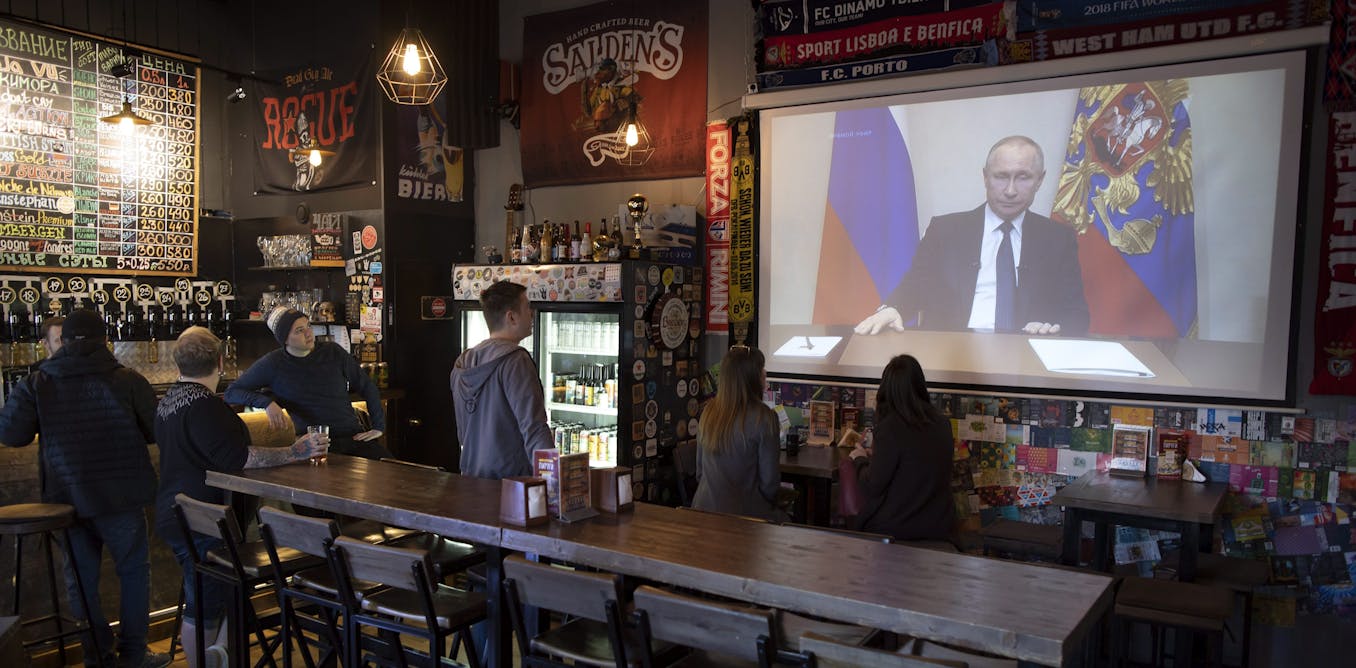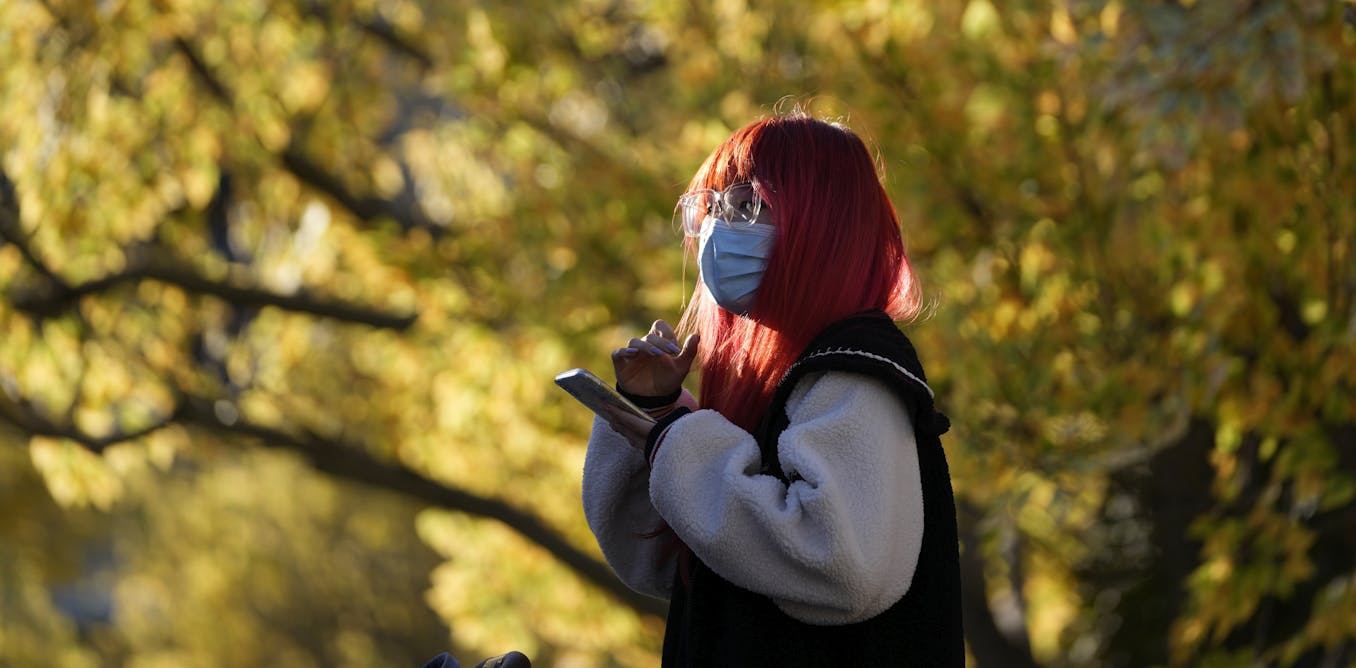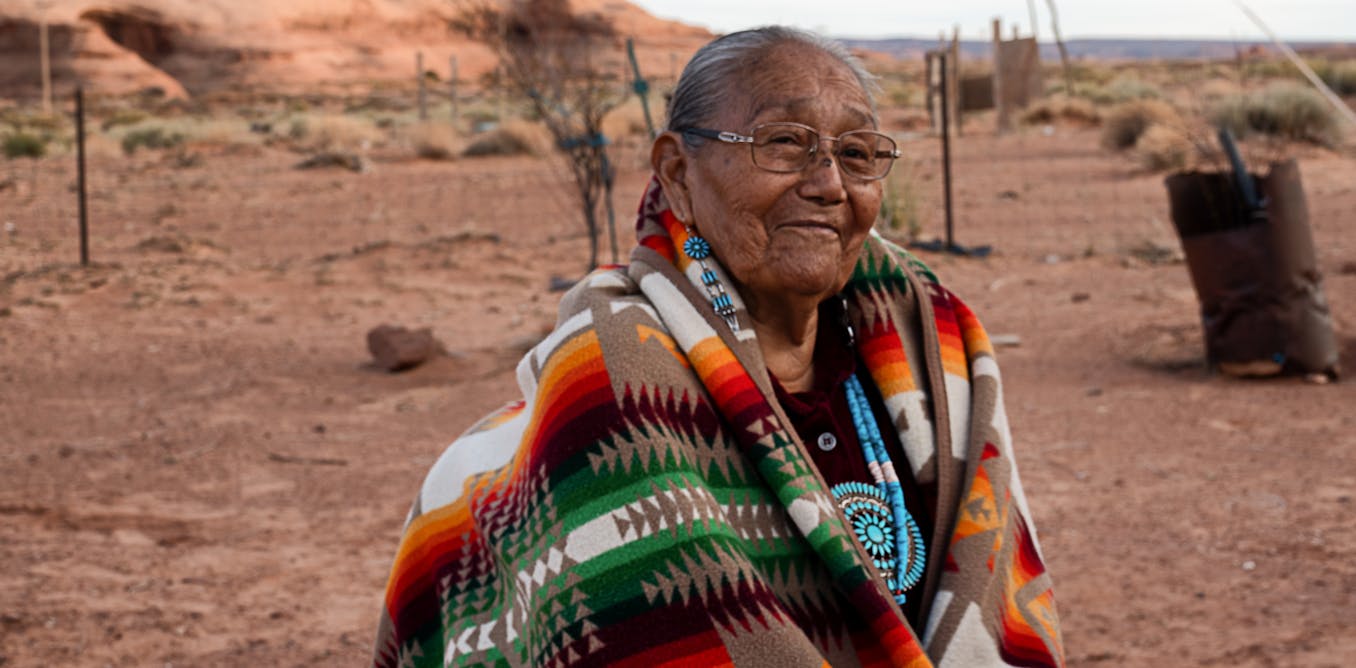Climate explained: how different crops or trees help strip carbon dioxide from the air
Planting any tree is more important than planting a particular tree when it comes to removing carbon dioxide from the atmosphere.
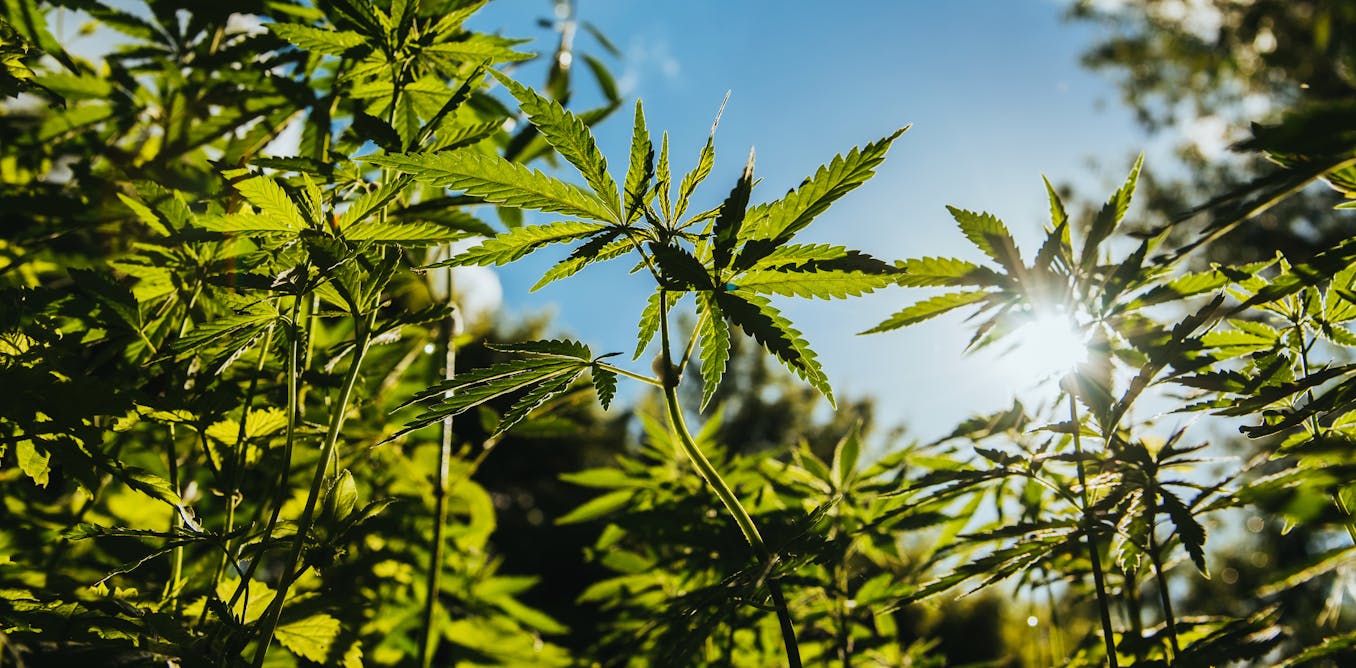
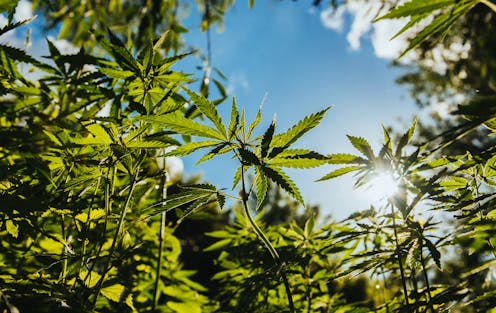

Climate Explained is a collaboration between The Conversation, Stuff and the New Zealand Science Media Centre to answer your questions about climate change.
If you have a question you’d like an expert to answer, please send it to [email protected]
Would it be helpful to undertake a nationwide and coordinated mass planting of trees and plants that are known to have a high uptake of carbon dioxide such as paulownia and hemp alongside the attempts to plant natives?
Exotic (but non-invasive) trees have their place in our efforts to capture carbon dioxide (CO₂) from the atmosphere. We could increase plantings of fruit trees and timber that we use to construct our homes. But this question refers to the potentially faster growth of some non-native species, and the associated faster removal of CO₂.
Importantly, fast growth (and therefore CO₂ uptake) is only one side of the story. The two other points to consider are how big a tree will grow (how much carbon it will ultimately store) and how long it will live. For example, a slower growing tree may end up storing more carbon in the long run.
China and India are leading the world in regreening the landscape. Many other countries have tree-planting programmes, including New Zealand’s project to plant a billion trees, which argues that the “right tree should be planted at the right time in the right place”.
Read more: Keeping the city cool isn't just about tree cover – it calls for a commons-based climate response
Which tree to plant where
It is pointless to select tree species only for their carbon storage ability, particularly in built-up areas. Here, other selection criteria are much more important: a fast growing tree may need to be cut down after 20 years because it is unsafe, for example. Safety, resilience to environmental pressures in our cities, and aesthetics will come first. A tree that meets these criteria will ultimately be appreciated more, live longer, and store more carbon, regardless of its initial growth rate.
For rural plantations and afforestation, the rate of growth may well be a consideration. In New Zealand, exotic mono cultures will absorb atmospheric carbon a lot more quickly once planted, and it may be argued that carbon sequestration goals have to be put before biodiversity considerations. Moreover, in the New Zealand context, native trees often take over in exotic (pine) plantations that are left untouched.
As for the two mentioned plant species: hemp is a herb and thus not competitive with the carbon sequestration ability of trees. But it may be used as an efficient energy crop or in concrete, both with a potentially positive carbon sequestration effect.
Paulownia, while fast growing, has a very low wood density (about half of other trees). Again, it has it’s place as a valuable construction wood, but there is no reason to give preference to this species over native trees in the New Zealand context, at least not from a carbon sequestration perspective.
Read more: Five climate change science misconceptions – debunked
In summary, planting a tree is much more important than planting a particular tree. The best solution for selecting a species for a given site will be achieved when we listen to local foresters, the local community, and the latest scientific findings.
While planting trees should be promoted in all cases, it must also be understood that this will not save us from cutting carbon emissions if we want to achieve a sustainable future.

This article is part of The Covering Climate Now series
This is a concerted effort among news organisations to put the climate crisis at the forefront of our coverage. This article is published under a Creative Commons license and can be reproduced for free – just hit the “Republish this article” button on the page to copy the full HTML coding. The Conversation also runs Imagine, a newsletter in which academics explore how the world can rise to the challenge of climate change. Sign up here.
Sebastian Leuzinger receives funding from The Royal Society of New Zealand.
What's Your Reaction?























